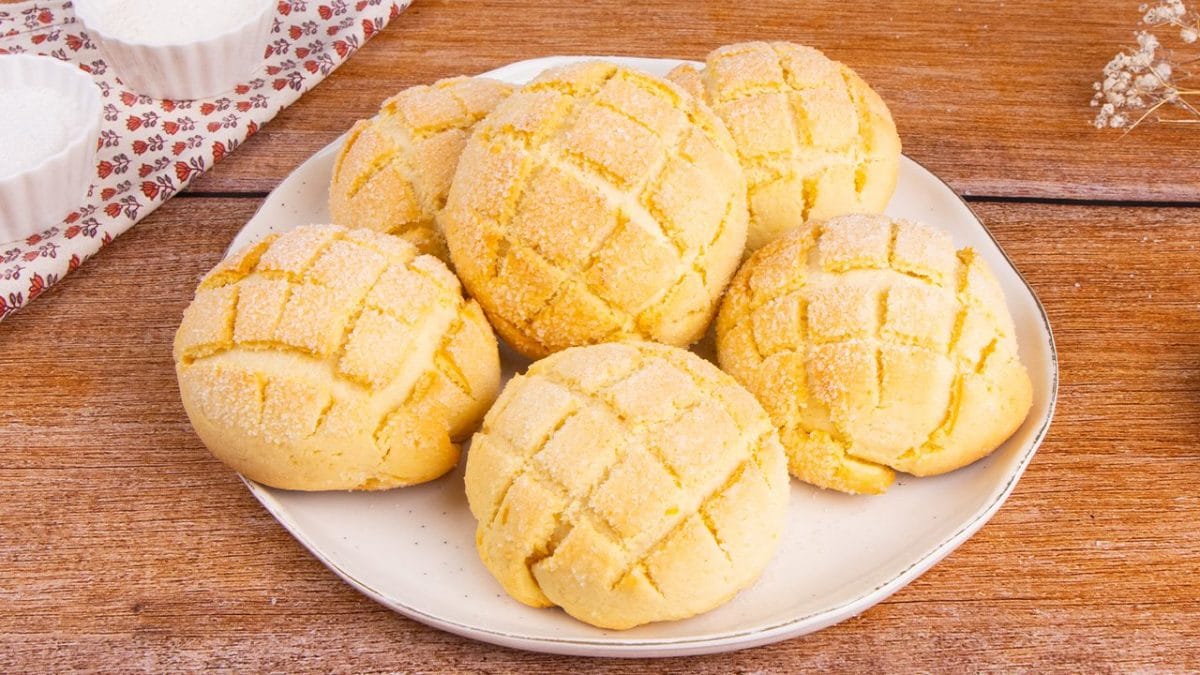
Melon pan is a beloved Japanese sweet bread known for its soft, pillowy center and a crisp, cookie-like crust. Despite the name, it usually contains no melon — the name comes from its signature scored pattern, which resembles a melon rind. This recipe walks you through how to make real melon pan at home, combining a fluffy milk bread base with a sweet shortcrust topping. The result is a bakery-style treat that’s lightly sweet, golden, and irresistibly crunchy on top.
What Is Melon Pan?
Melon pan is a popular Japanese sweet bread that’s made by wrapping enriched dough with a thin layer of shortcrust pastry. Once baked, the crust turns golden and crisp, creating a delightful contrast with the soft bread inside. The grid-like cuts on top give melon pan its distinct look. While it doesn’t usually taste like melon, some modern variations include melon flavoring or fillings like custard or chocolate.
Why Everyone Will Love This Recipe
- Soft and fluffy inside, crunchy outside
- Authentic texture and flavor
- Fun to shape and score
- Perfect with tea, coffee, or as a snack
- Kid-friendly and freezer-safe
Pro Tips for Perfect Melon Pan
- Let the dough rise fully to ensure a light interior
- Chill the shortcrust pastry so it’s easy to shape and wrap
- Cut shallow grid lines so the crust bakes evenly
- Only coat the tops with sugar to avoid soggy bottoms
- Bake until golden for that classic melon pan crunch
Frequently Asked Questions
Does melon pan actually taste like melon?
Traditional melon pan does not contain melon. The name comes from the crust pattern, though some variations may be flavored.
Can I add fillings?
Yes. Custard, chocolate, or sweet bean paste can be placed inside the dough balls before wrapping.
How do I keep the shortcrust from cracking?
Chill it briefly, then roll and wrap gently over the dough balls. Avoid over-kneading.
Can I use instant yeast?
Yes, just mix it directly with the dry ingredients as you would with dry yeast.
Can I make it ahead?
You can prep the dough and shortcrust in advance and refrigerate overnight. Assemble and bake the next day.
How to Store
Keep leftover melon pan in an airtight container at room temperature for up to 2 days. To refresh, warm briefly in the oven at 150°C (300°F) for 5–7 minutes.
How to Freeze
Wrap each unfilled melon pan in plastic wrap and place in a freezer-safe container. Freeze for up to 1 month. Thaw overnight in the fridge and warm before serving. Avoid freezing if using a custard or cream filling.
Ingredients
How to Make Melon Pan
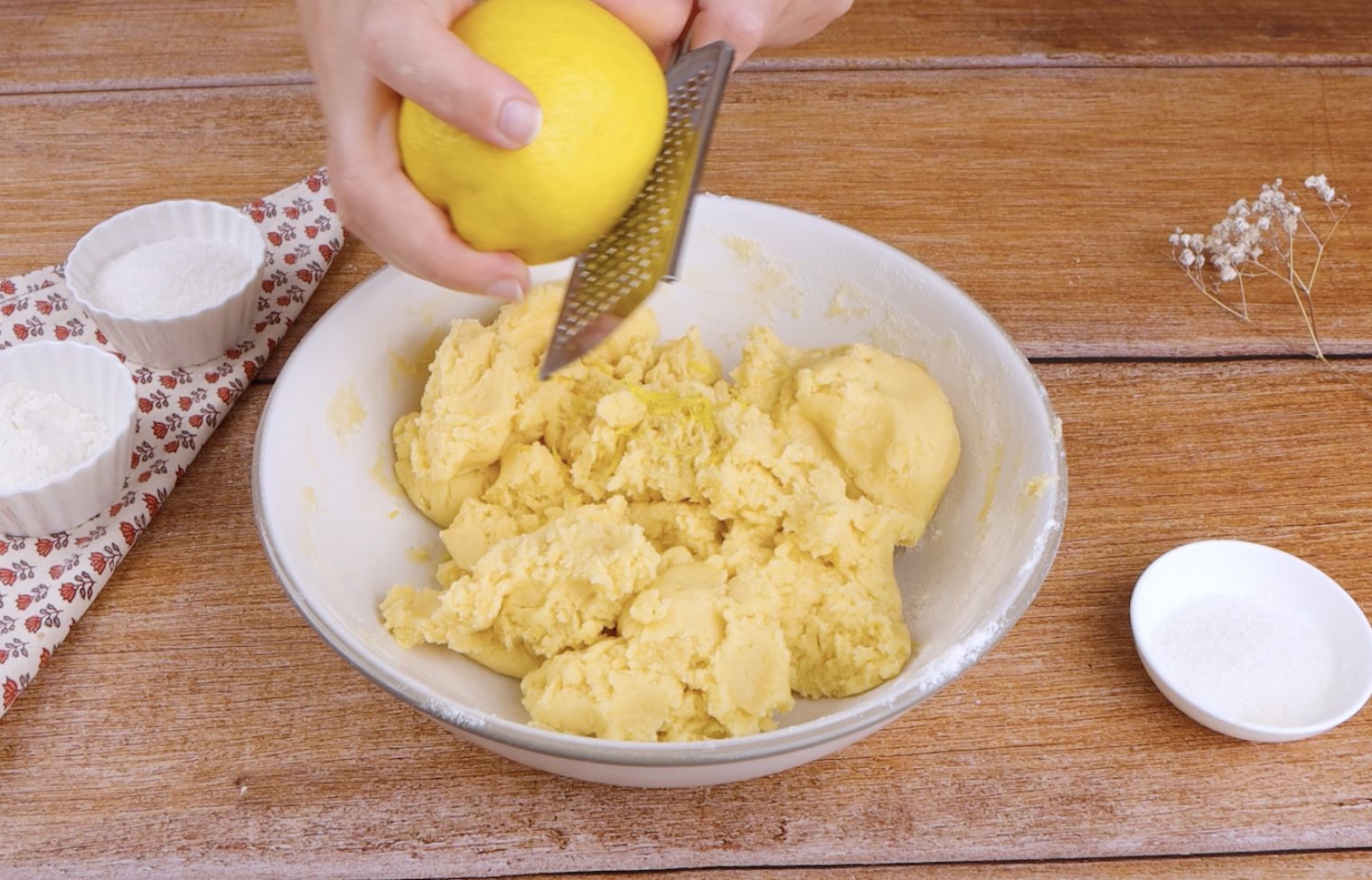;Resize,width=712;)
Begin by making the cookie-like crust. In a mixing bowl, combine the eggs, sugar, and softened butter. Mix them with a spatula until smooth and well blended. Add in the flour, baking powder, and lemon zest. Knead the mixture gently until it forms a soft yet compact dough.
Begin by making the cookie-like crust. In a mixing bowl, combine the eggs, sugar, and softened butter. Mix them with a spatula until smooth and well blended. Add in the flour, baking powder, and lemon zest. Knead the mixture gently until it forms a soft yet compact dough.
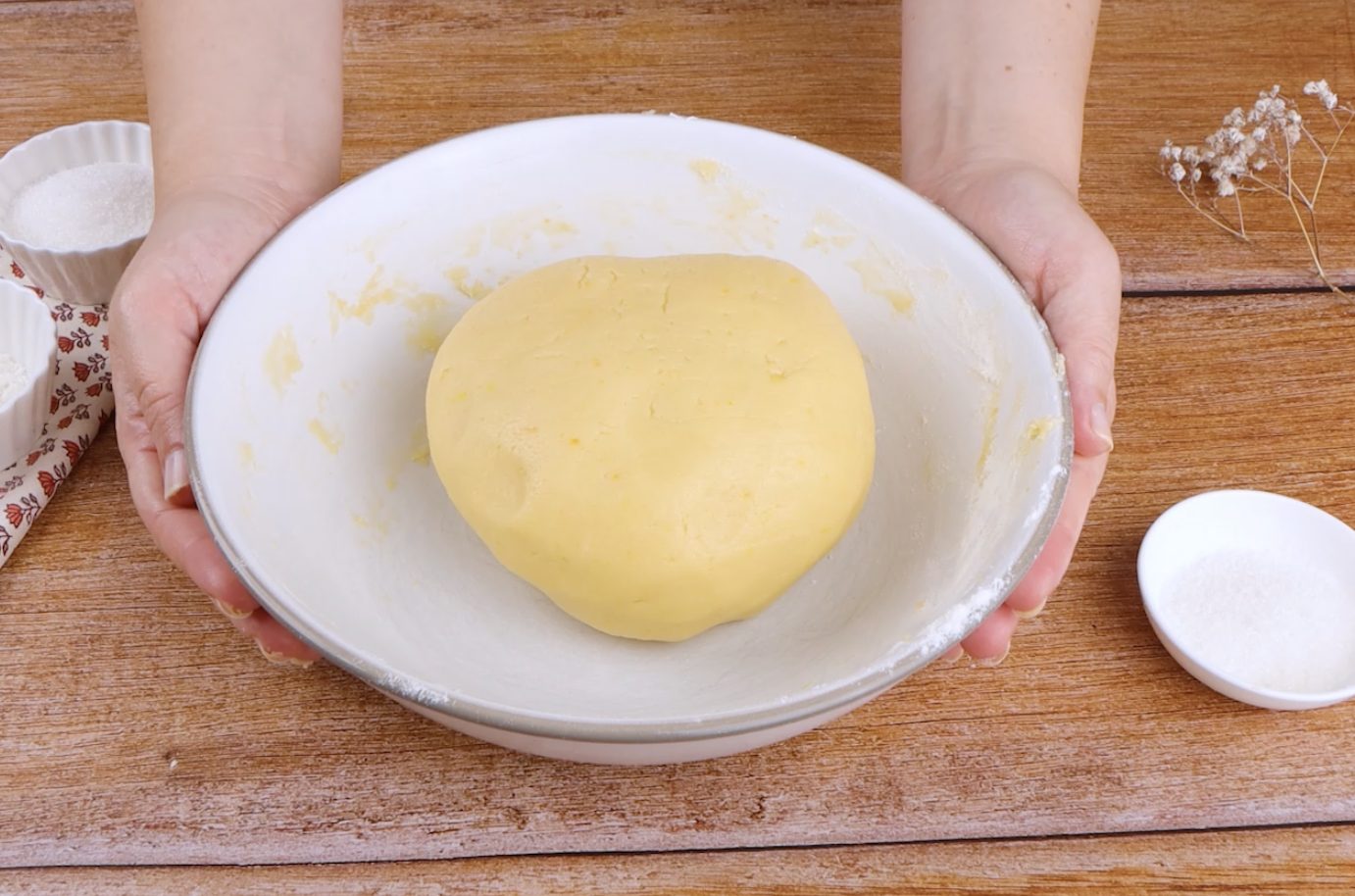;Resize,width=712;)
Once the dough has risen, transfer it to a lightly floured work surface. Divide it into 8 equal portions and shape each into a round ball. Set them aside while you roll out the chilled shortcrust pastry. Using a rolling pin, roll the pastry out and cut 8 round disks, each about 14 centimeters in diameter — a bowl or cookie cutter works well for this step.
Once ready, wrap the dough in plastic wrap and place it in the refrigerator to chill for at least 30 minutes. This rest time helps the dough firm up, making it easier to shape and handle later.
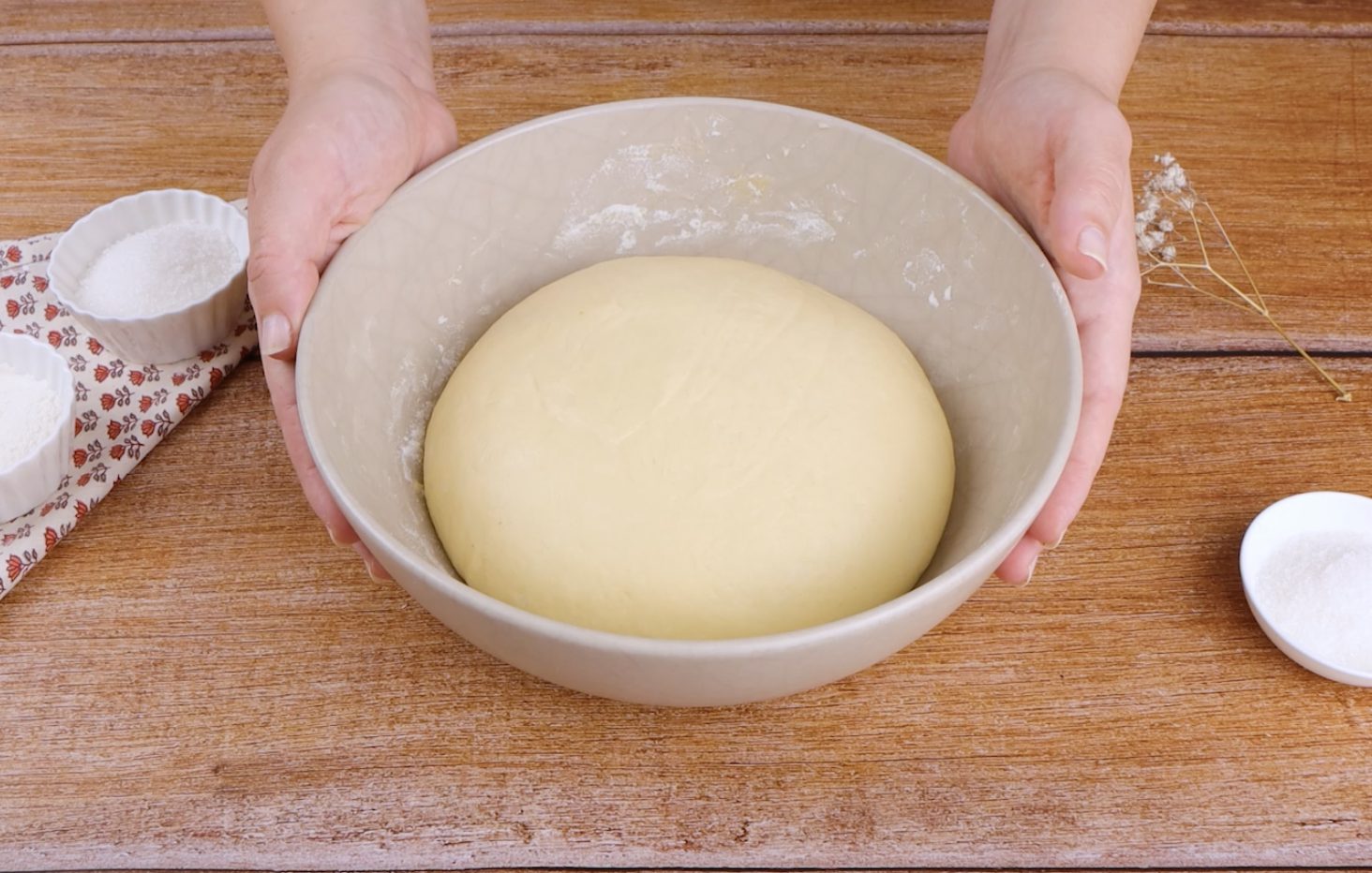;Resize,width=712;)
Take one pastry disk and gently wrap it over each dough ball, covering the top and sides but not the bottom. Press gently to ensure the shortcrust layer adheres well to the dough.
While the pastry is chilling, prepare the soft bread dough. In a large mixing bowl, combine the flour, milk, sugar, dry yeast, and egg. Begin mixing, and once the ingredients start to come together, add the softened butter. Knead the dough thoroughly by hand or using a stand mixer until it becomes smooth and elastic. Cover the bowl with a clean kitchen towel and allow the dough to rise in a warm place for about 2 hours, or until it has doubled in volume.
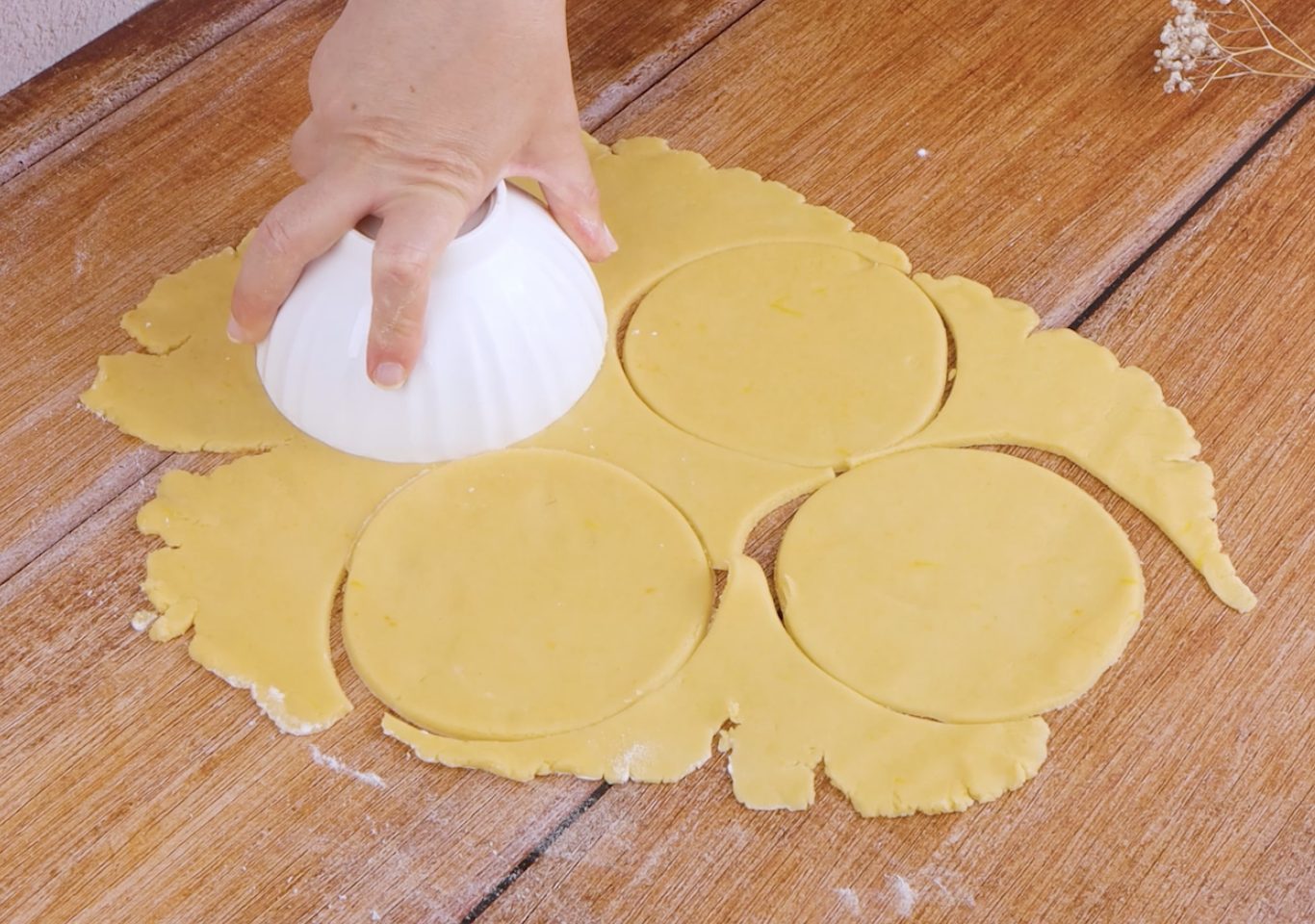;Resize,width=712;)
Arrange the prepared melon pan on a baking tray lined with parchment paper, spacing them evenly apart. Bake in a preheated oven at 180°C (360°F) for about 15 minutes, or until the tops are golden and slightly crisp. Once baked, remove them from the oven and allow them to cool slightly on a wire rack.
Once the dough has risen, transfer it to a lightly floured work surface. Divide it into 8 equal portions and shape each into a round ball. Set them aside while you roll out the chilled shortcrust pastry. Using a rolling pin, roll the pastry out and cut 8 round disks, each about 14 centimeters in diameter — a bowl or cookie cutter works well for this step.
Take one pastry disk and gently wrap it over each dough ball, covering the top and sides but not the bottom. Press gently to ensure the shortcrust layer adheres well to the dough.
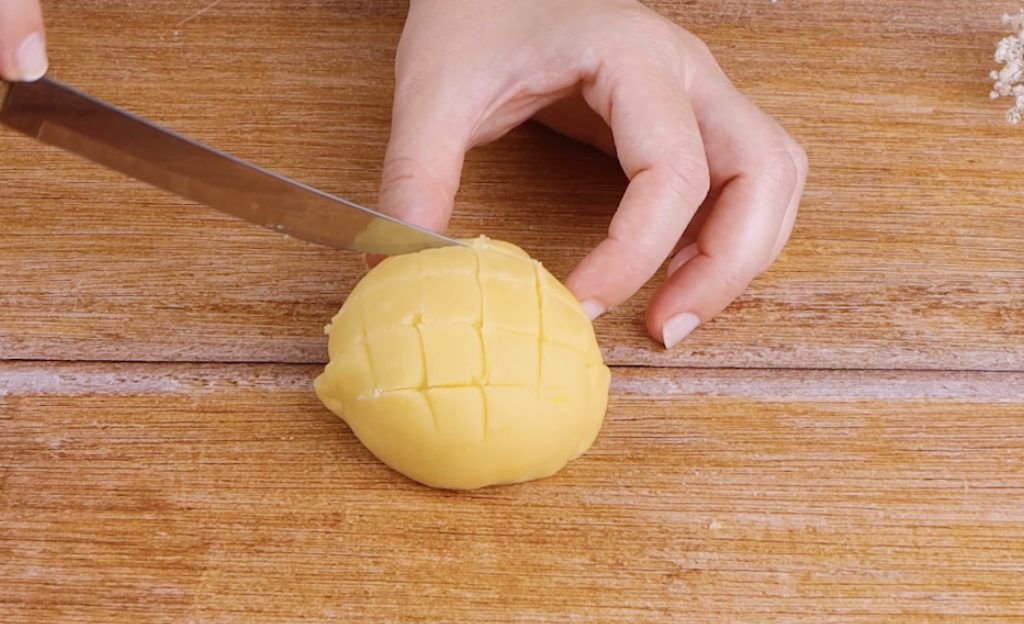;Resize,width=712;)
Serve warm or at room temperature, and enjoy the perfect balance of soft, fluffy bread and a delicate cookie crust.
Now, using a small knife, lightly score the top of each bun with a crisscross pattern — this gives melon pan its classic melon-like appearance. Be careful not to cut too deeply into the dough. Dip only the tops of each bun into granulated sugar to create that lovely sugary crust.
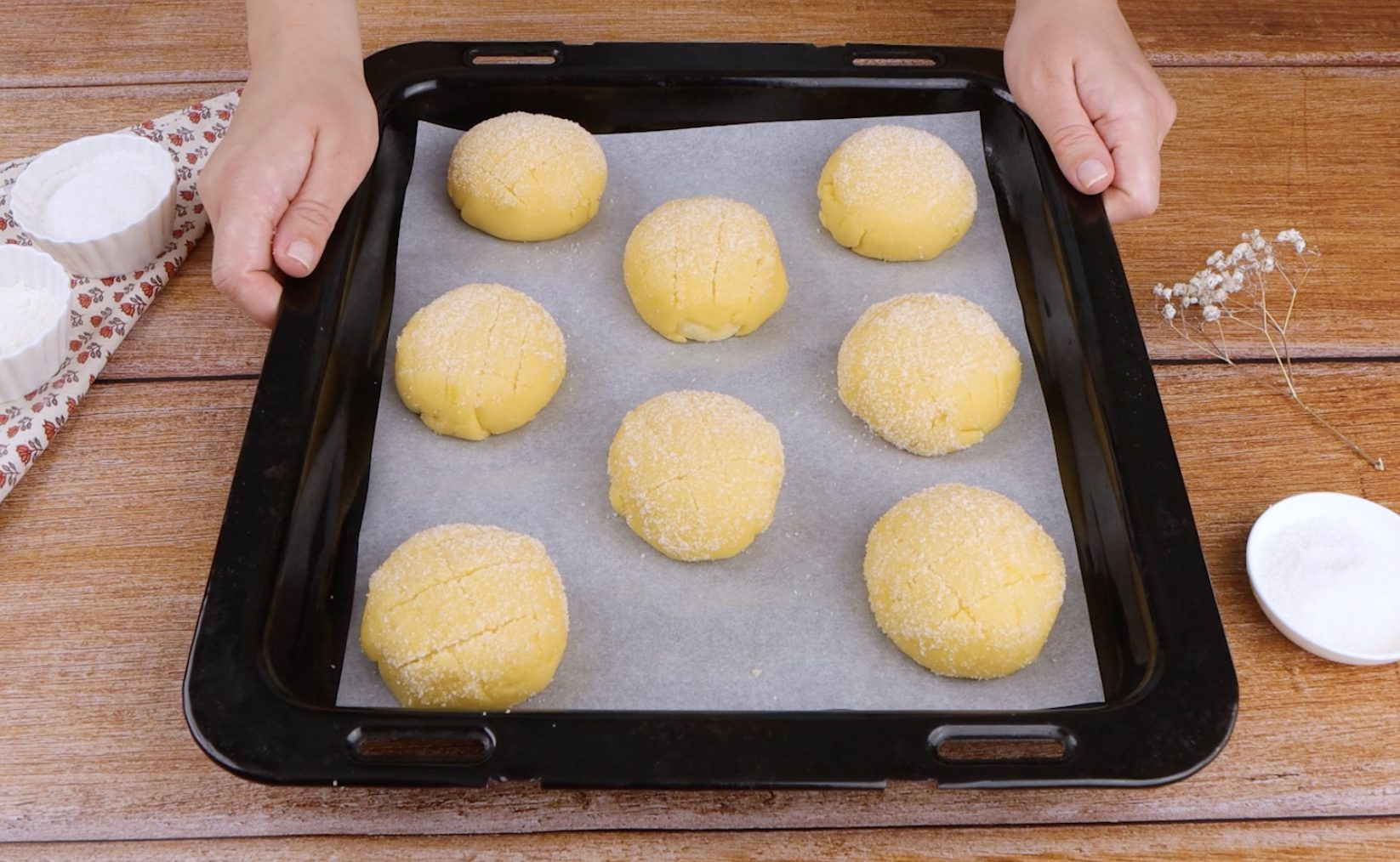;Resize,width=712;)
Arrange the prepared melon pan on a baking tray lined with parchment paper, spacing them evenly apart. Bake in a preheated oven at 180°C (360°F) for about 15 minutes, or until the tops are golden and slightly crisp. Once baked, remove them from the oven and allow them to cool slightly on a wire rack.
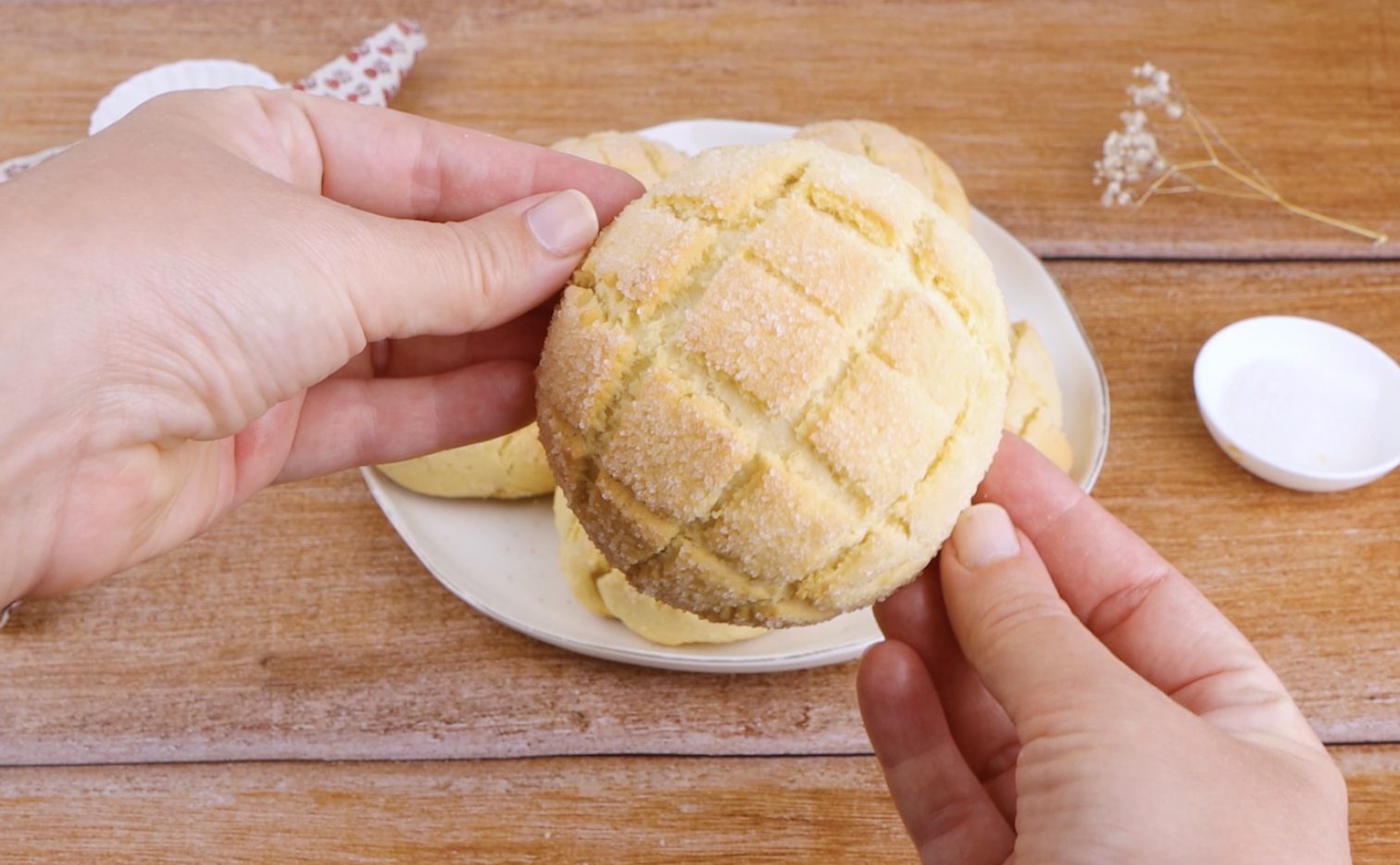;Resize,width=712;)
Serve warm or at room temperature, and enjoy the perfect balance of soft, fluffy bread and a delicate cookie crust.

;Resize,width=767;)
